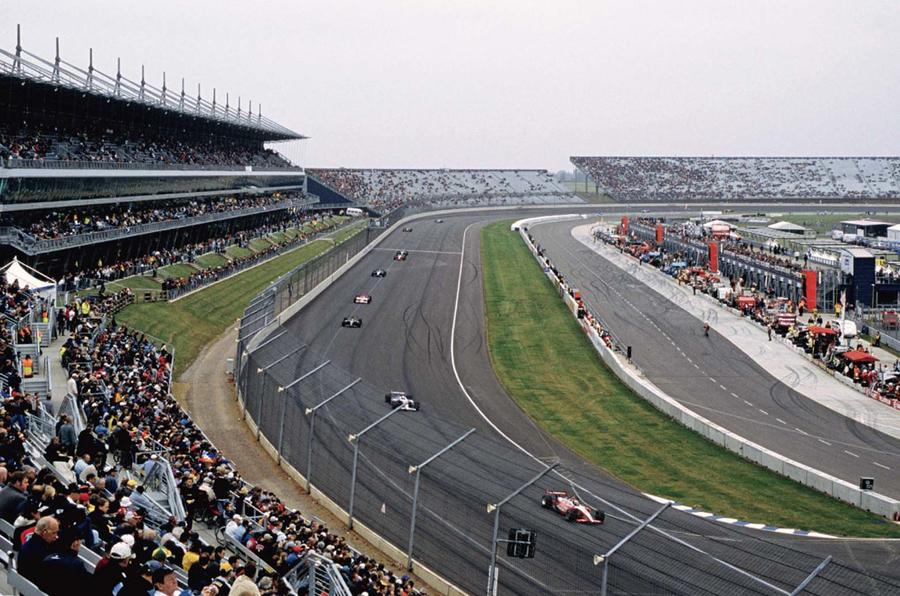Most outsiders must have thought Rockingham Motor Speedway an optimistic proposition when it opened in 2001.
I know I was one of them. Oval racing isn’t the UK’s bag and there had been so many problems raising the money in the first place that the project’s originator, Peter Davies, took a digger and started work himself in 1998 so the planning approval didn’t expire.
But I also figured it didn’t matter: once it was up, it was up. Owners sometimes go broke and race circuits change hands. Awful for those involved, but for the race goer or track-day driver, not much changes.
Facilities might even get a bit better when someone new comes along. What these places don’t do is shut up shop completely, right?
Sadly, in Rockingham’s case, wrong. Its new owners have it earmarked as a car de-fleeting, preparation and auction house, and confirmed to the Northants Telegraph that circuit activity “will cease” at the start of next year. That, plus development potential at the Corby site, suggests that any future return to motorsport seems improbable at best.
Rockingham has been through various owners and financial strifes, so the decision reflects the realisation of people’s first fears: that it was somewhere about which locals would complain (including some, frustratingly, who’d moved to houses built after the track), that it was costly to run and that it supported a race format spectators weren’t interested in. The wrong place for the wrong track, in other words.
But still a shame. I’ve got a soft spot for Rockingham. I watched one of the two Indy-style CART races it held, we’ve hired it for a few Handling Days and Sideways Challenges, and I’ve been on track days there. Its facilities are strong and the infield circuit – which doesn’t use a single yard of the trademark, flagship oval outer track – is a really good layout, more interesting than the part- banked, part-infield format that races tend to use because pit garage access is via the oval. Besides, it’s hard to dislike a circuit where track facilities are reached via an access road signed the ‘exhaust appreciation tunnel’.








Join the debate
Add your comment
Motor racing is dying...
Sadly. I used to love going to races in the 90's. Then get into my Williams Clio and thrashing the car home. Now it takes you hours to get there, park up. When you leave you have to crawl on an average speed camera A road/motorway that is fully congested anyway. There's a reason affluent middle age guys are taking up cycling. You can still spend money on carbon fibre bits, enjoy a race, get fit, feel a sense of speed and not get done for doing 55mph on an empty A-road......
Everything Eseaton said, esp
Everything Eseaton said, esp "blind pursuit of relevance".
Flawed right from the start
Brave or damn stupid...?